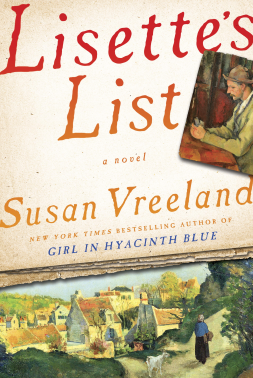 Hattiesburg has been filled with newspaper headlines, special events, and even sermons commemorating the fiftieth anniversary of Freedom Summer. The Hub City was a center for Freedom Schools and voter registration drives.
Hattiesburg has been filled with newspaper headlines, special events, and even sermons commemorating the fiftieth anniversary of Freedom Summer. The Hub City was a center for Freedom Schools and voter registration drives.
In my own commemoration, I am revisiting the story I’ve told previously in this blog of my own introduction to the inequities of segregation and adding an extra spin.
Mama believed in rules. She had lots, and she found them in many places. There were house rules, school rules, Bible rules, traffic rules… I thought Mama believed in all rules until one day when I was eight years old.
Mama, my sisters, and I were getting on a Trailways bus to return home after a visit with my grandfather. I noticed some strange panels hanging down on either side, dividing the front section of the bus from the back. I asked her what they were for.
I don’t remember her words, but I distinctly remember my two reactions. The first was that I might prefer to sit in the back rather than the front. I was smart enough to know that a rule preventing one group of people from sitting in the front prevented me from sitting in the back.
The second reaction was even more startling. Somehow I knew, even as she explained it, that Mama did not believe in the rule. The great rule-maker, rule-teacher, rule-follower thought this rule was wrong.
I couldn’t get over being amazed that there was a rule Mama didn’t believe in. I thought of this episode in later years when I heard the line from South Pacific,
“You've got to be taught before it's too late,
Before you are six or seven or eight,
To hate all the people your relatives hate,
You've got to be carefully taught!”
Mama failed to teach me to hate. I was eight years old, and now it was too late. I’ve seen the truth in those lyrics again as military kids that I’ve raised and taught chose their friends with no more attention to skin color than to eye color.
But there is something different I would like to see carefully taught. My current soapbox is for reading and using multicultural children’s books. All children need to read about people both like and different from themselves. I’d like to propose a rule that we use those books to teach children how to celebrate the wonderful variety in the diverse cultures in our world along with appreciation for the things all human beings have in common. I think Mama would like that rule.
 Since this is my birthday, I have only one thing on my “To Do” list – my customary Monday greeting to my regular [and occasional] loyal blog readers. I’m prepared to celebrate another wonderful year past and to anticipate the one ahead for the rest of the day. I have my Almond Joy bag, a 1000 piece jigsaw puzzle, and the first two books in Deborah Wiles trilogy.
Since this is my birthday, I have only one thing on my “To Do” list – my customary Monday greeting to my regular [and occasional] loyal blog readers. I’m prepared to celebrate another wonderful year past and to anticipate the one ahead for the rest of the day. I have my Almond Joy bag, a 1000 piece jigsaw puzzle, and the first two books in Deborah Wiles trilogy.





























